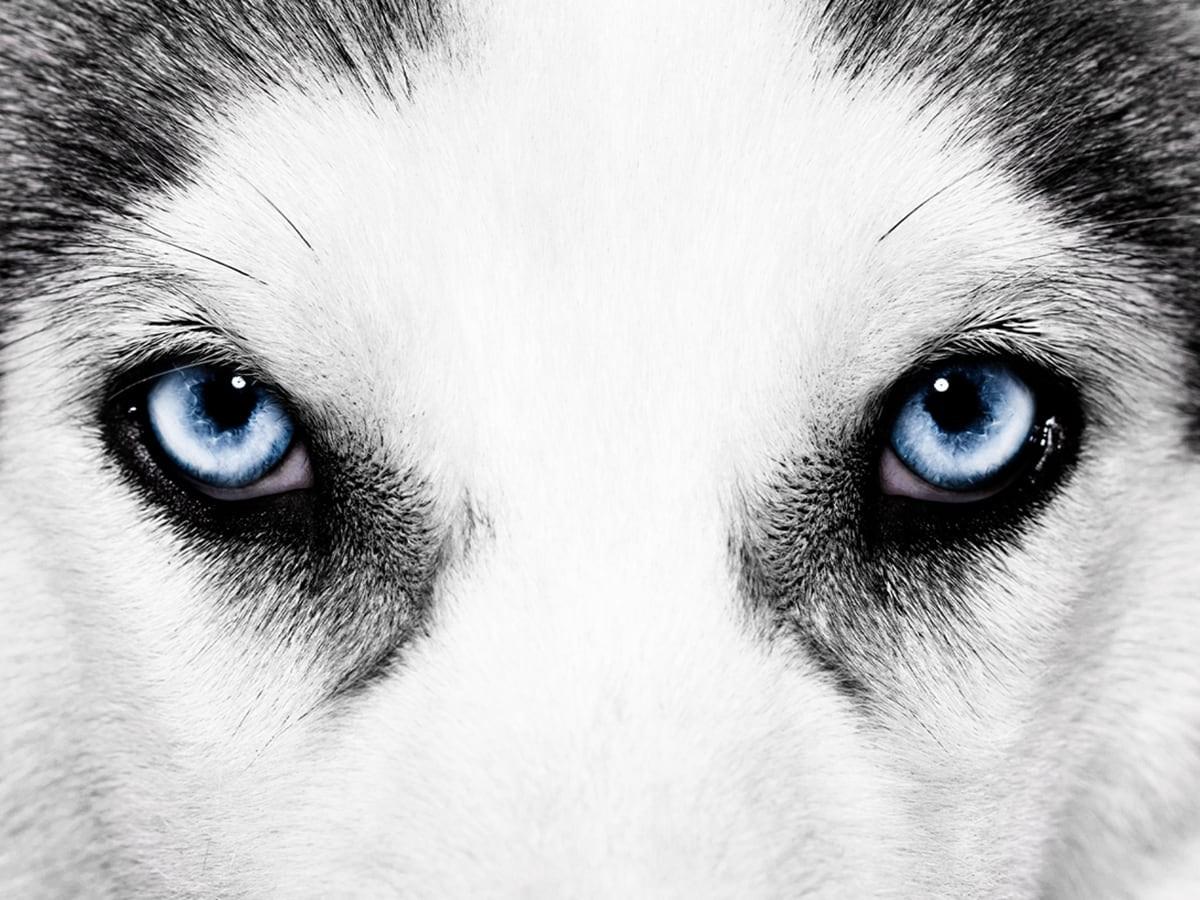Dogs are our beloved companions, but have you ever wondered how they see the world? Understanding their unique vision can enhance our interactions and help us choose dog toys and activities that best suit their abilities.
How Do Dogs See Color?
The long-held belief that dogs see only in black and white has been debunked. While their color vision isn't as vibrant as ours, they can perceive certain hues. This is due to the structure of their eyes, which have evolved to prioritize different aspects of vision compared to humans.
What Colors Do Dogs See Best?
Dogs are most sensitive to the blue and yellow parts of the color spectrum. This means they see shades of blue and yellow quite vividly. Yellow, orange, and green might all appear yellowish to a dog, while they can clearly distinguish blue from other colors.
What Colors Can Dogs Not See?
Dogs are technically dichromatic, meaning they have only two types of color-detecting cells (cones) in their eyes, compared to humans' three. This results in an inability to see red and green, which likely appear as shades of gray or brown to them.
Can Dogs See Pink?
As pink is a lighter version of red, dogs likely perceive it as a muted beige or light brown. Their limited red perception makes it difficult for them to distinguish pink from other similar hues.
Differences in a Dog's Eye
Dr. Jerry Klein, AKC's chief veterinary officer, explains that dogs' eyes have several structural differences compared to human eyes. They possess a larger lens and corneal surface, as well as a tapetum, a reflective membrane that enhances their night vision. Additionally, dogs have more rods in their retinas, which are responsible for detecting movement and functioning well in low-light conditions.
The retina contains two types of cells:
Rods: Sensitive to light and movement, ideal for low-light vision.
Cones: Responsible for color perception, functioning best in bright light.
Dogs have a higher proportion of rods to cones than humans, explaining their superior night vision but limited color perception.
Can Dogs Be Considered Colorblind?
While dogs have a more limited color range than humans, it's inaccurate to call them colorblind. Colorblindness in humans is an abnormality, whereas dogs' vision is a normal adaptation for their species. Their limited color perception is advantageous for hunting and navigating in low light.
Do Dogs Have Bad Eyesight?
Despite their limited color perception, dogs' eyesight is impressive in other ways. They excel at detecting movement, even in low-light conditions, and have a wider field of vision than humans. While their visual acuity might not match ours, their other senses, especially their sense of smell, more than compensate for any deficiencies.
Your Dog's Vision and You
Understanding your dog's vision can help you tailor their experiences. Consider choosing toys in shades of blue or yellow for better visibility. Engage them in activities that stimulate their other senses, such as scent games or playing with noisy toys.
Key Takeaways
Dogs see the world differently than we do, but their vision is uniquely adapted to their needs. Their ability to detect movement and see in low light, combined with their exceptional sense of smell, makes them remarkable creatures. By appreciating their unique visual perspective, we can strengthen our bond with our canine companions and provide them with the best possible experiences.

I’m Charlie: canine enthusiast with a knack for figuring out why my dog, Dallas, is more infatuated with tennis balls than me. My lifelong passion for dogs has created a dedication to help other pet parents better understands their furry family members!












